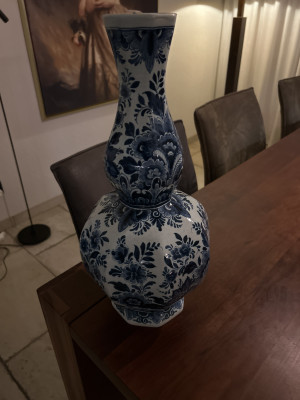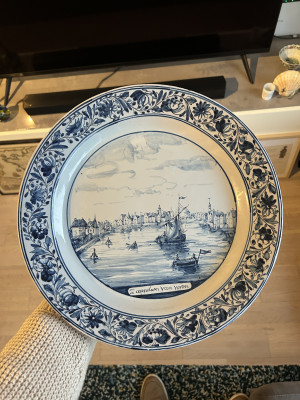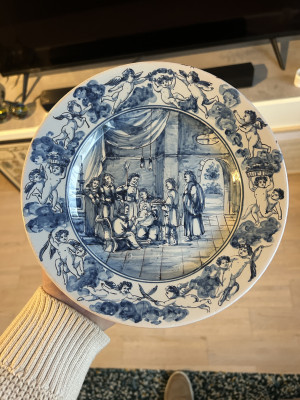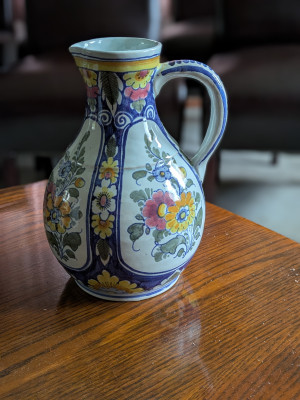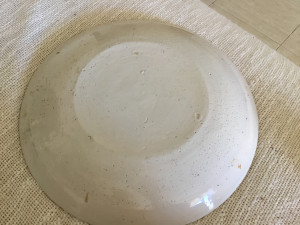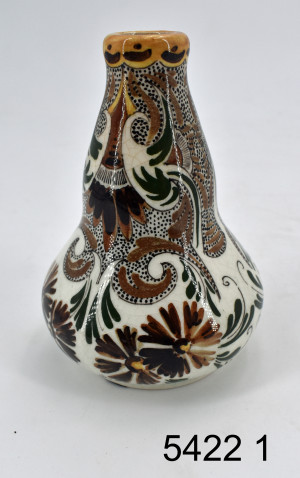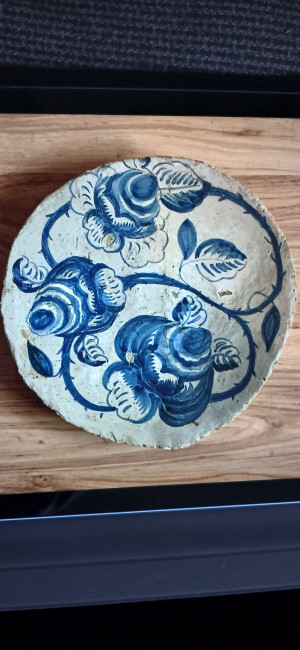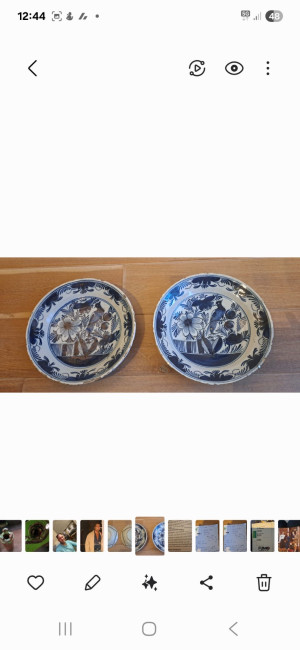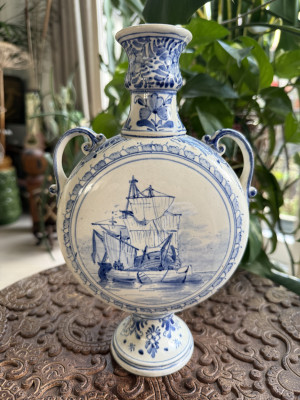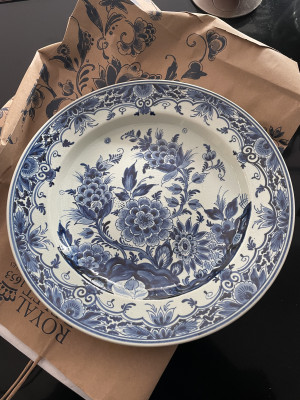Last comments
Not Delftware
Knobbel vaas
Verdict:
- Not Delftware
Analysis:
- Not made in Delft
- Hand-painted
- Mark of a non-Delft pottery/factory
Merk:
- Oud Delft
Not Delftware
Delfts bord porceleyne beyl zaandam
Verdict:
- Not Delftware
Analysis:
- Not made in Delft
- Hand-painted
- Forged mark
Not Delftware
Delfts de Roos bord
Verdict:
- Not Delftware
Analysis:
- Not made in Delft
- Hand-painted
- Forged mark
Not Delftware
Vaas
Verdict:
- Not Delftware
Analysis:
- Not made in Delft
- Hand-painted
- Mark of a non-Delft pottery/factory
Merk:
- Oud Delft
Delftware
Een bord van 26 cm
Verdict:
- Delftware
Analysis:
- Delftware, made between 1620 – 1850
- Tin-glazed earthenware
- Hand-painted
- No mark visible
Dit is een Delftse schotel, naar mijn mening uit de tweede helft van de 18de eeuw.
vaasje
Analysis:
- Not made in Delft
- Hand-painted
- Mark of a non-Delft pottery/factory
Merk:
- Zuid-Holland
Not Delftware
Bord
Verdict:
- Not Delftware
Analysis:
- Not made in Delft
- Hand-painted
- No mark visible
Vermoedelijk Fries
Delftware
Aardewerken borden
Verdict:
- Delftware
Analysis:
- Delftware, made between 1620 – 1850
- Tin-glazed earthenware
- Hand-painted
- No mark visible
De foto's lijken van een scherm te zijn genomen, waardoor ze niet heel duidelijk zijn. Het lijkt Delfts, laat 18de of vroeg 19de eeuw.
Delftware
Platte vaas/fles
Verdict:
- Delftware
Analysis:
- Delftware, but made after 1850
- Hand-painted
- Mark of a Delft pottery/factory
Beste Katerina Bomhof,
Inderdaad van de Porceleyne Fles, gemaakt in 1882.

